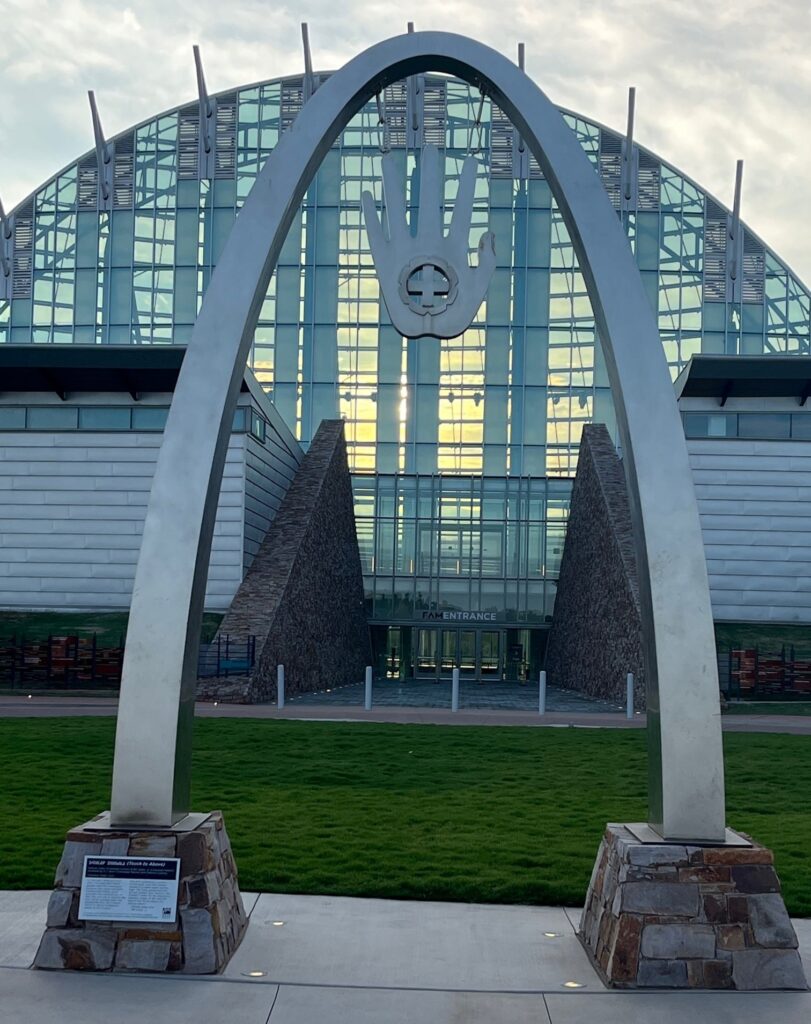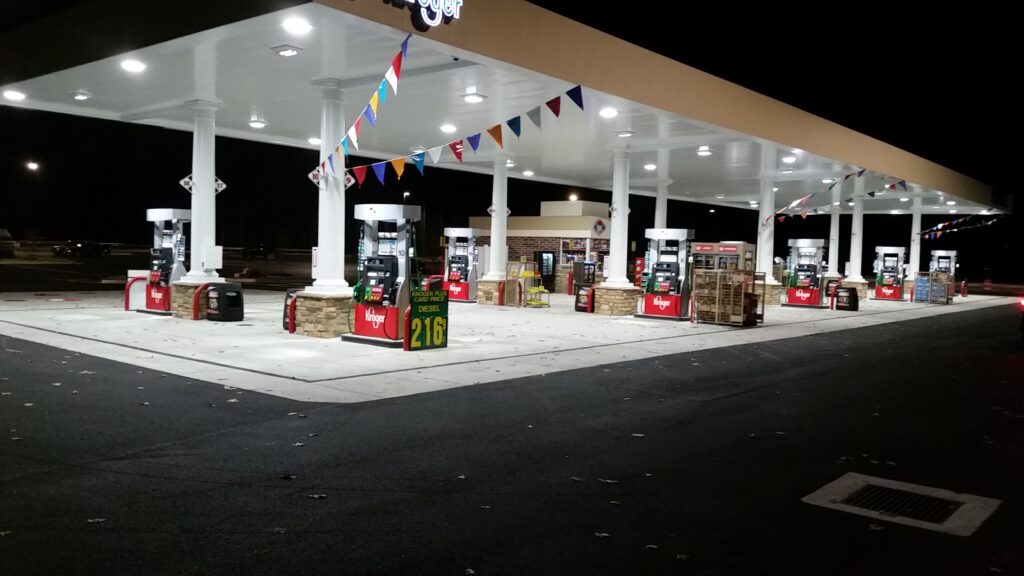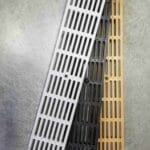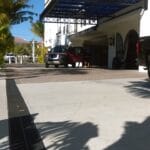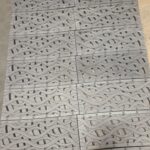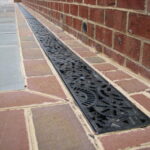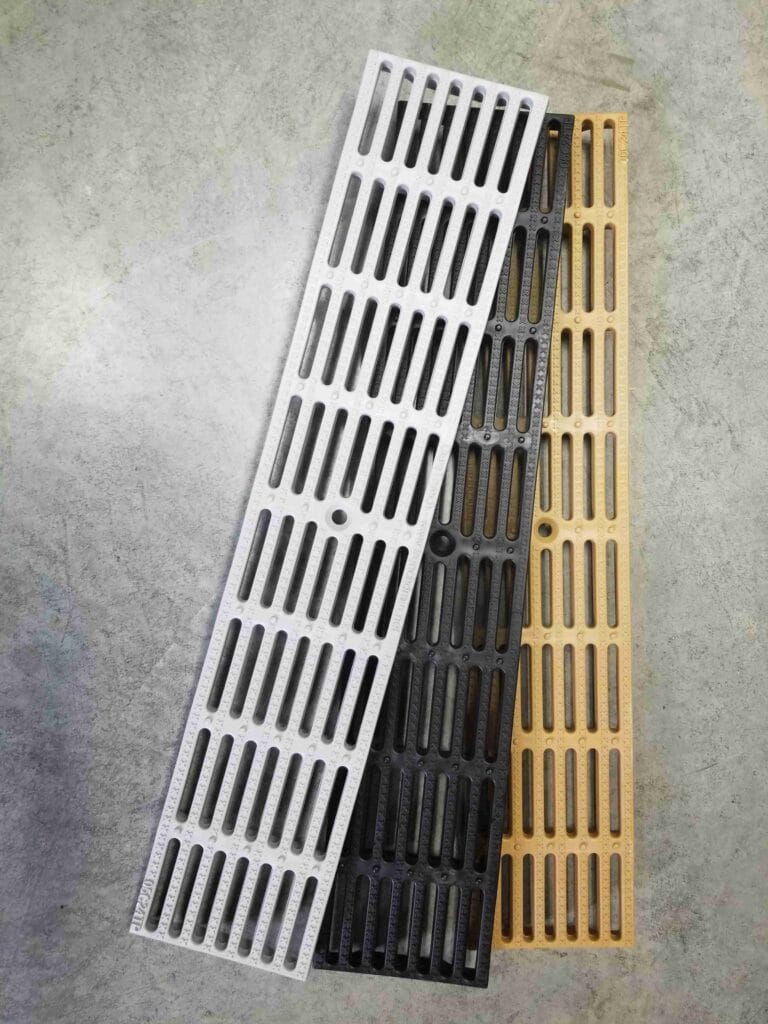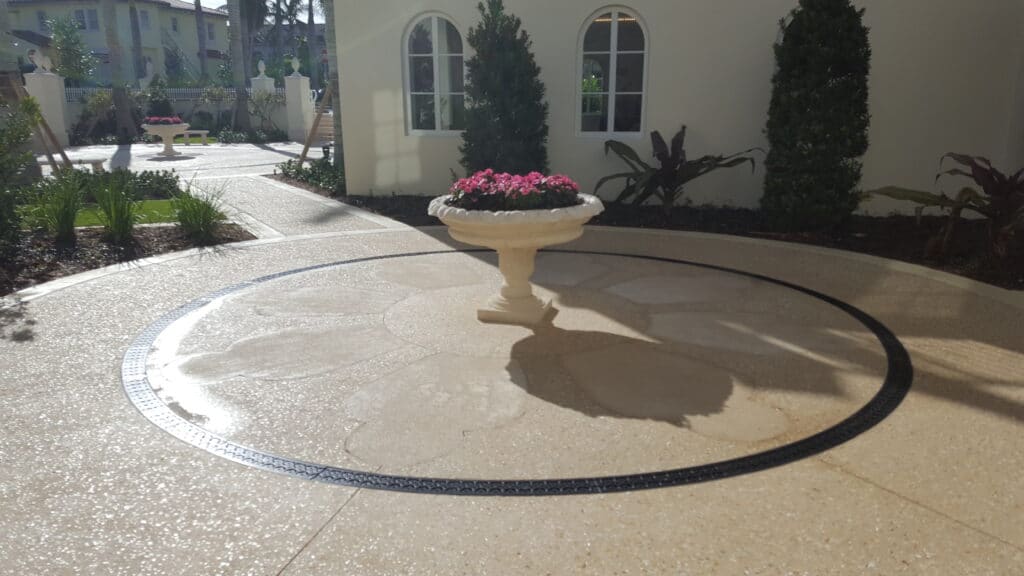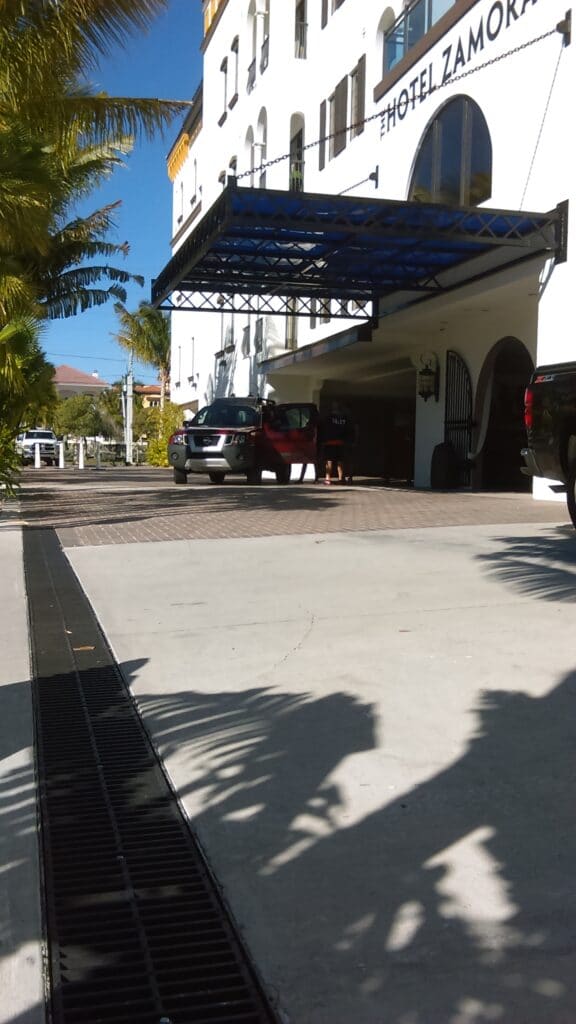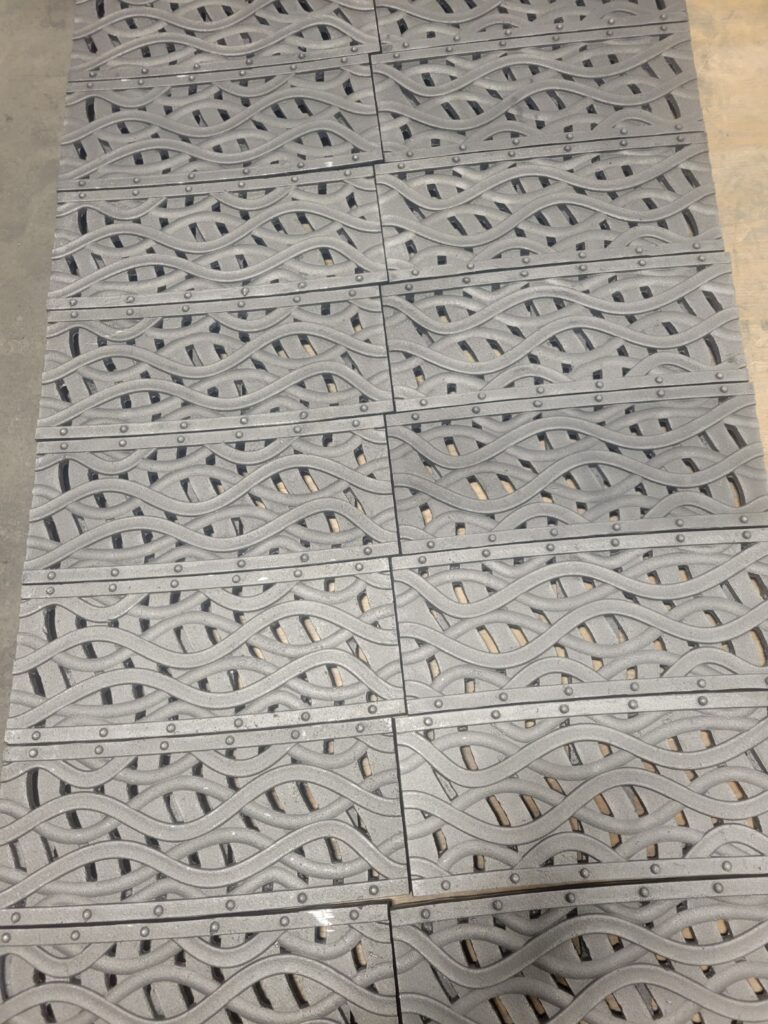Trench drains are some of the most effective and affordable drains that you can install at your home or business property. These drains can be made from a variety of materials and placed in nearly any location. You can also connect a trench drain readily to existing drainage networks and local sewer systems.
P-traps are necessary for drainage systems where there might be sewer gasses that are trapped inside your trench drains. These are commonly necessary for sewer drains but might also be used in other drainage systems that could be exposed to gasses that cause foul smells. Food production factories and areas where there are chemicals being used on a regular basis can all cause issues if the drainage installed is not correct. P-traps are a big part of keeping these kinds of working locations free from bad smells and unhealthy gasses.
Understanding the Functionality of a P-Trap in Trench Drain Systems
A P-trap is called by this name because of the shape of the trap itself. The line is curved by a P-trap, doubling the trench back on itself. This allows a collection of water to stay in the bends in the pipe, creating a barrier for bad smells so they can’t escape. Sewer lines need this kind of barrier the most, but there are many other kinds of materials that can cause foul smells in drainage.
In some instances, the P-trap is also used to protect an area from gasses that might be bad for your health. This is true of brewery locations and also some factories. Chemicals and other kinds of fermentation processes can lead to bad smells, but they might also cause exposure to toxins that should not be breathed in.
The P-trap allows fluids and debris to pass through the lines without allowing gasses and other offal to push back up the pipe and into the rooms or spaces above the grating of the trench drain. This is one of the simplest yet effective drainage components that you can add to your trench drain system.
Assessing the Requirement of P-Traps in Your Drainage System
The answer to this question is closely linked with the kinds of matter and wastes that will be moving through a trench drain system. In any location that you intend to be used to drain sewage water, you will need these P-traps without question. However, in public areas like parks or walkways, these kinds of drain components are not usually necessary. Likewise, you will probably never need to consider a P-trap for drainage that is installed near your pool or at the end of your driveway.
Some of the most common locations where P-traps are essential are breweries, factories, or even loading docks near these areas. Toilet drainage is often installed with P-traps built into the drains for obvious reasons. This is one of the essential kinds of drainage that requires a P-trap, and you should be worried if you have sewage drainage in your home or business that is connected to a toilet and does not have a P-trap.
In some instances, you might also find out after you have installed other drainage that you needed a P-trap. You want to avoid this realization after the fact, which is why it is always a good idea to work with a skilled drainage installer when you are planning out your trench drain system. Being sure that you are compliant with the code and with the health and safety considerations for your location is key.
Common Issues: Can P-Traps in Trench Drains Stop Working?
If the P-trap has not been exposed to moisture in some time, it might become dry. This is the most common reason that people think their P-trap has failed. This is not very common in locations that get used on a daily basis, but it can happen if you have a P-trap in a forgotten corner or an area where you have not been working in your factory location for some time. It can also be an issue if the P-trap is fed by drainage that is seasonal or only needs to be collected once in a while.
If you have installed P-traps in your drainage system, all you need to do is make sure that water is run through the drain about once a week. This is a good policy with a P-trap that is not getting regular use, and it will prevent problems that lead to foul smells and worries over the health of your drainage installation.
The water inside the P-trap can also become dirty and smelly all on its own as well if it is not flushed with clean water once in a while. You will probably never need to think about this if your drainage areas are cleaned on a daily basis as part of work processes or sanitization efforts. In locations where this is not the case, however, you will need to make sure to remind yourself to run some water down into your P-traps every week.
The Role of P-Traps in Various Drainage Systems
If you have been considering installing trench drains but you are not sure if you need to have a P-trap in the drains that you are installing, this guide should be helpful. Knowing more about what a P-trap does can help you to ensure that you place these essential components in the right places. A skilled installer will also know just where to place P-traps to make sure that your drains don’t smell bad and are kept sanitary at all times.
Trench drains connect quite readily to P-traps, which makes them a good pairing in areas where food processing or chemical processes could lead to smelly workspaces or areas that are filled with noxious fumes. Make sure that you never assume that you do not need these essential drain components when you are planning to install drainage at your home or business. These handy devices are often part of the building code, and they might also be required as part of the process which allows you to be approved to do business.

